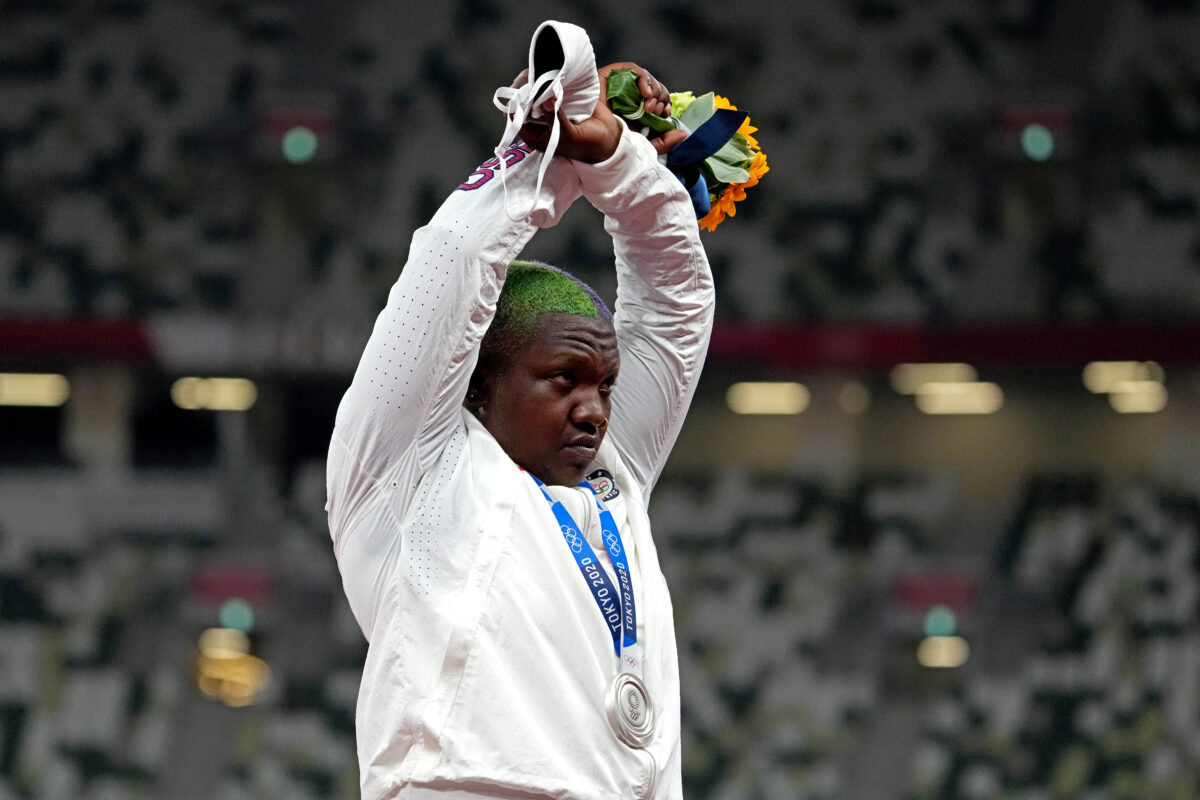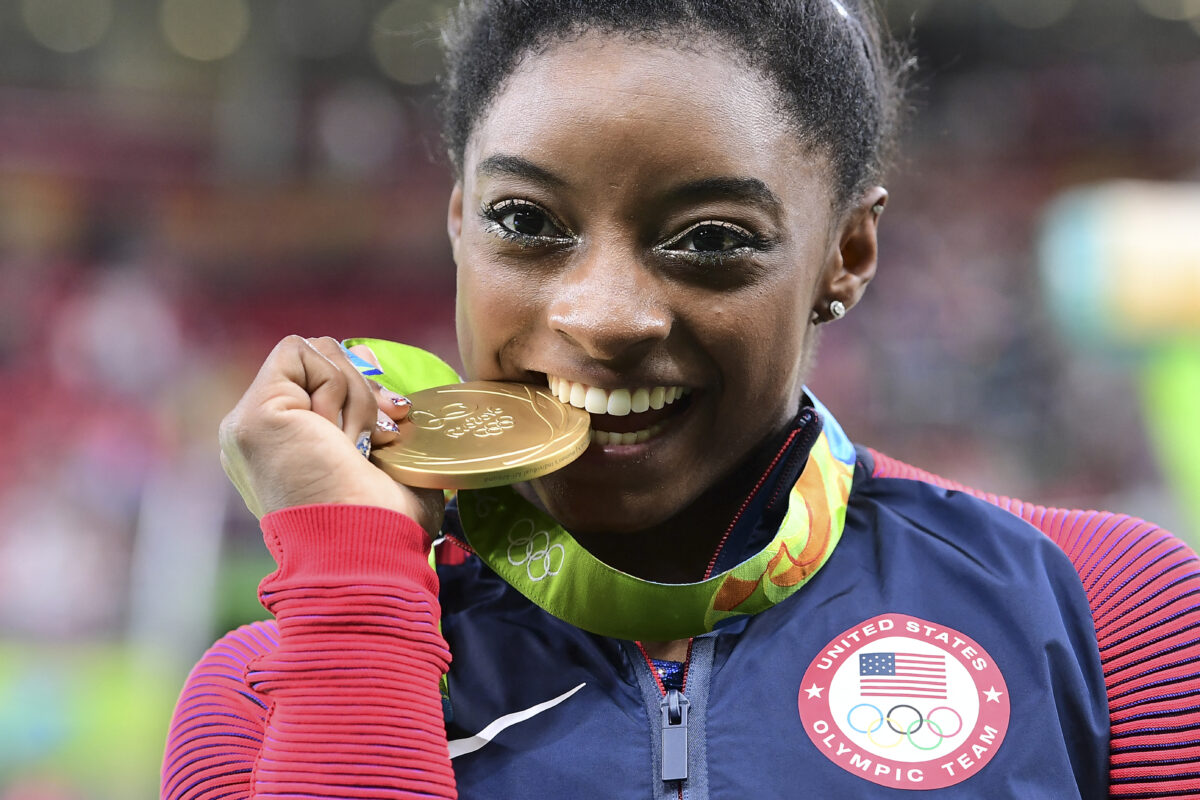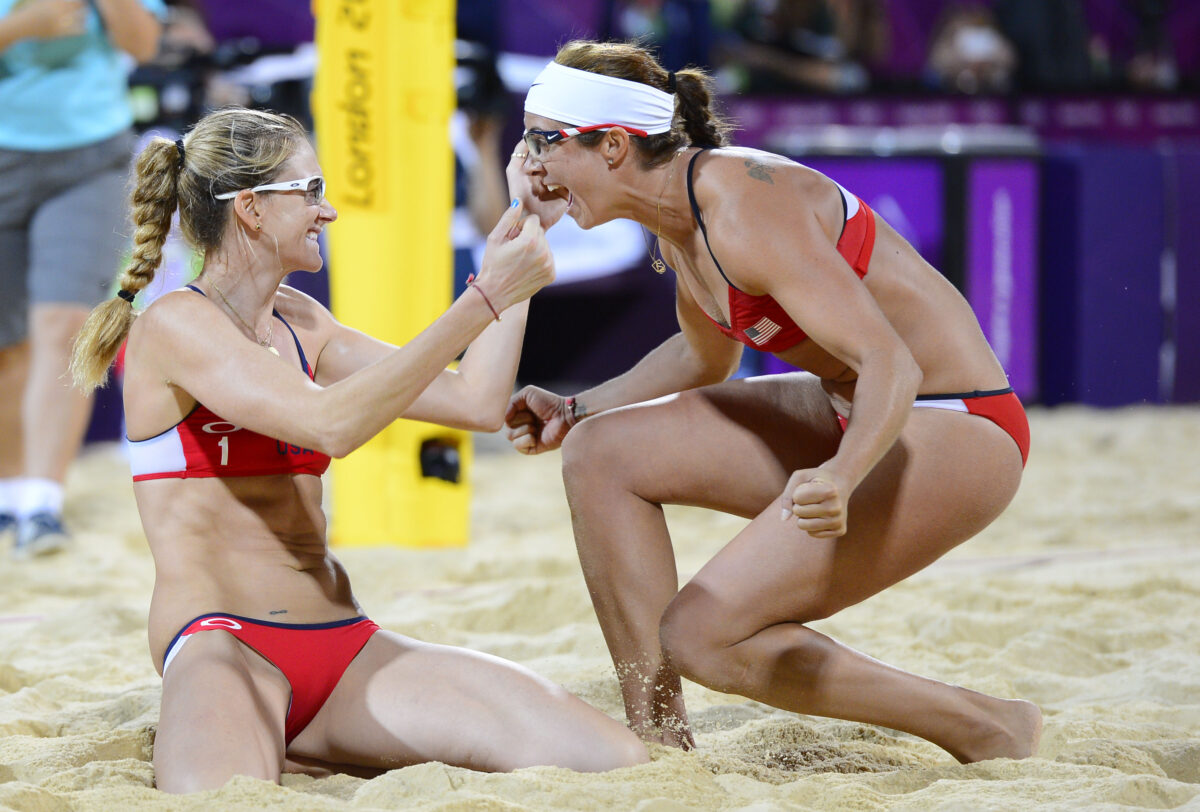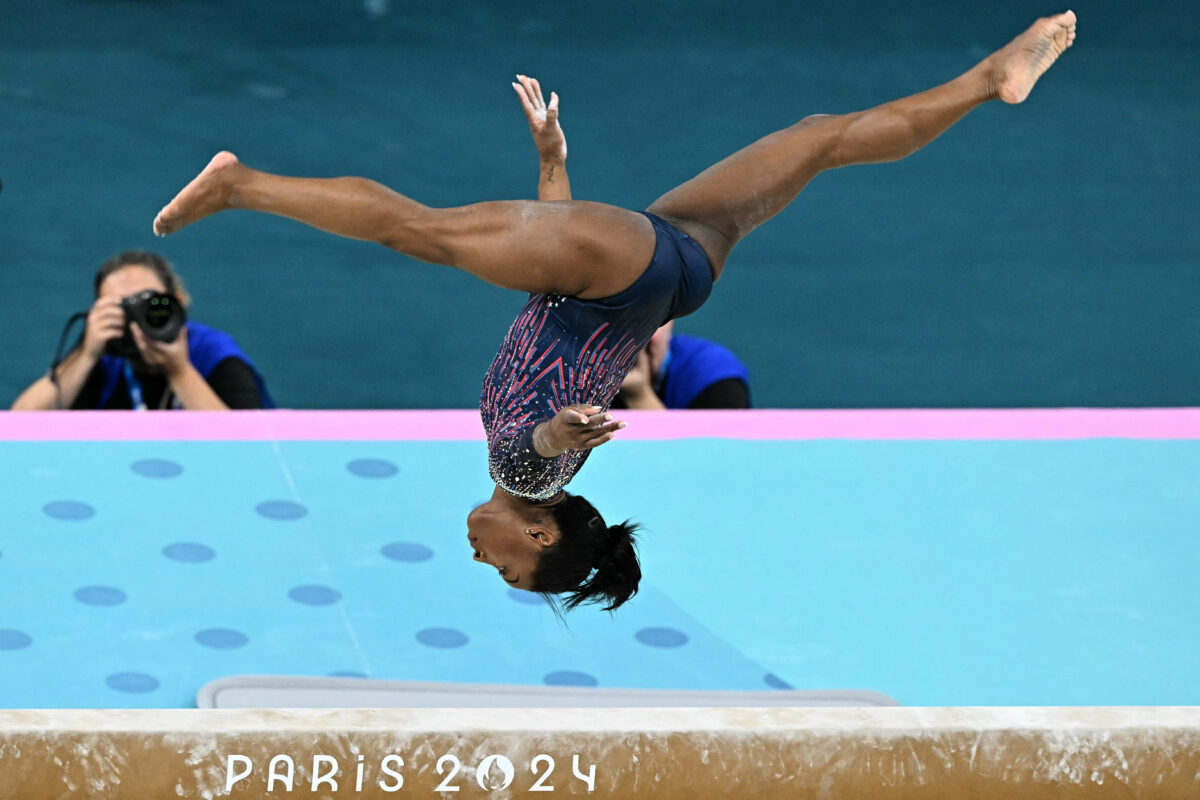Welcome to FTW Explains, a guide to catching up on and better understanding stuff going on in the world. This is FTW Explains: The Olympics. Have you seen some stuff about Team USA gymnast Jordan Chiles possibly returning the bronze medal she won in Paris for her floor exercise? And you’re very confused about that whole thing? Don’t worry. We’re here to help.
You may remember when Jordan Chiles dramatically won a bronze medal for her floor routine on Monday following a coach’s challenge to her score. It turns out the saga did not end there as Romania (understandably) lodged its own appeal of Team USA’s challenge.
It’s been an extremely emotional few days for Chiles as the fate of her medal was left up to the Court of Arbitration for Sport (CAS) and International Federation of Gymnastics (FIG).
Saturday brought a little clarity to the situation, and it’s really a heartbreaking one for all athletes involved following multiple appeals.
Why does Chiles has to give her medal back?
UPDATE Sunday 5:15 a.m. ET: Chiles does have to give her medal back, the International Olympic Committee announced Sunday. More via USA TODAY Sports:
The news comes less than 24 hours after the Court of Arbitration for Sport ruled that the judging panel for the women’s floor exercise final made a mistake in granting an inquiry filed by Chiles’ coaches, which moved the American gymnast into medal position. The Romanian Gymnastics Federation had challenged the validity of that move, saying it was filed four seconds beyond the deadline by which any inquiries had to be submitted.
The IOC said in a statement that it will reallocate the bronze medal to Romania’s Ana Barbosu.
Original story:
Well, first let’s slow down. As of Saturday afternoon Chiles doesn’t have to give anything back, but we will update this post if that changes.
PARIS (AP) — Gymnastics body bumps Romania's Ana Barbosu to third in floor finals, doesn't say if Jordan Chiles must forfeit bronze.
— philip lewis (@Phil_Lewis_) August 10, 2024
If you remember, Chiles originally placed fifth in her floor routine with a score of 13.666 behind two Romanian gymnasts, Ana Barbosu and Sabrina Maneca-Voinea (who each scored 13.7). Chiles’ coaches sucessfully challenged the judges’ scoring on the difficulty of her’ routine, which added 0.1 to her score and earned Chiles the bronze.
No one is arguing Chiles’ initial score was correct or that the judges were wrong to award the 0.1 upon review.
Instead, Romania’s appeal came down to the timing of Team USA’s challenge. CAS ruled the Americans did, indeed, challenge too late, according to FIG rules — by a matter of four seconds.
FOUR SECONDS!? Chiles might lose her bronze because of four seconds!?
Yep. It’s truly awful, but those are the rules. Coaches get 60 seconds to challenge a score from the moment it flashes across the scoreboard. Chiles’ challenge came in after 64 seconds.
Per FIG Article 8.5:
Inquiries for the Difficulty score are allowed, provided that they are made verbally immediately after the publication of the score or at the very latest before the score of the following gymnast/athlete or group is shown.
In case two (2) categories / apparatus are judged alternatively (by two (2) panels or one single panel) the inquiry must be made before the score of the following gymnast or group of the same category/apparatus is shown.
For the last gymnast or group of a rotation, this limit is one (1) minute after the score is shown on the scoreboard. The person designated to receive the verbal inquiry has to record the time of receiving it, either in writing or electronically, and this starts the procedure.
Only the accredited coaches in the competition area are entitled to submit an inquiry.
Well, that’s just a very bad rule
Look, if the point is to make sure the athletes get the fairest score possible, then yes. It’s a very bad rule. But it’s also the rule that’s in place. And just as it was fair for Team USA to challenge Chiles’ score, it’s fair for Romania to appeal the challenge.
But Romania’s request actually extremely generous. They wanted to split the bronze three ways. Which brings us back to the CAS.
What was in Romania’s appeal?
The Applicants sought a ruling from the CAS Ad hoc Division concluding that the Inquiry was filed beyond the 1-minute deadline specified in art. 8.5 of FIG 2024 Technical Regulations (i.e. 1 minute and 4 seconds) and dismissing the Inquiry as untimely, thereby upholding the initial score of 13.666 and adjusting the final ranking accordingly. The Applicants also sought a conclusion that the penalty of 0.1 for execution imposed on Ms Sabrina Maneca-Voinea was given without basis, thereby increasing her score to 13.800, and that the final ranking be adjusted accordingly. Subsidiarily, the Applicants requested a ruling adjusting the ranking of Ms Ana Maria Bărbosu, Ms Sabina Maneca-Voinea and Ms Jordan Chiles by placing all three athletes in 3rd position and the allocation of medals to all three athletes.
What did the CAS have to say about all of this?
1. The application filed by Federation Romanian Gymnastics and Ms Ana Bărbosu on 6 August 2024, in its amended version of 8 August 2024, is partially upheld.
2. The inquiry submitted on behalf of Ms Jordan Chiles in the Final of the women’s Floor exercise was raised after the conclusion of the one-minute deadline provided by article 8.5 of the 2024 FIG Technical Regulations and is determined to be without effect.
3. The initial score of 13.666 given to Ms Jordan Chiles in the final of the women’s Floor exercise shall be reinstated.
4. The Fédération Internationale de Gymnastique shall determine the ranking of the Final of the women’s Floor exercise and assign the medal(s) in accordance with the above decision.
5. All other requests are dismissed.
So now it’s up to the FIG to determine the final standings using Chiles’ original score?
Basically, and who knows what they’ll decide to do here.
No matter what happens, it seems like the gymnasts are going to be punished for the judges’ poor performance. Had they scored Chiles’ correctly to begin with, there wouldn’t have been anything to challenge.
Does Team USA have anything to say about this?
It sure does.
Joint Statement from USA Gymnastics and the U.S. Olympic & Paralympic Committee regarding the CAS decision on the women’s floor final:
CAS Decision: https://t.co/KR6DYsfxEk pic.twitter.com/r1e6QKmKA4
— USA Gymnastics (@USAGym) August 10, 2024
How is Chiles handling this all?
Honestly, it’s tough to say. Aside from the personal heartache of having a medal potentially ripped away on a technicality, she has faced some brutal and racist attacks online.
Because of that, she declared that she’s taking a break from social media.

Jazmin Chiles, Jordan Chiles’ sister, says the gymnast was officially stripped of her medal:
“Racism is real, it exists, it is alive and well.” pic.twitter.com/e7XHRbiEEB
— philip lewis (@Phil_Lewis_) August 10, 2024
What an awful situation
Truly. Here’s hoping everyone can head home with a medal, as Romania requested, and all the online hate calms down.






















